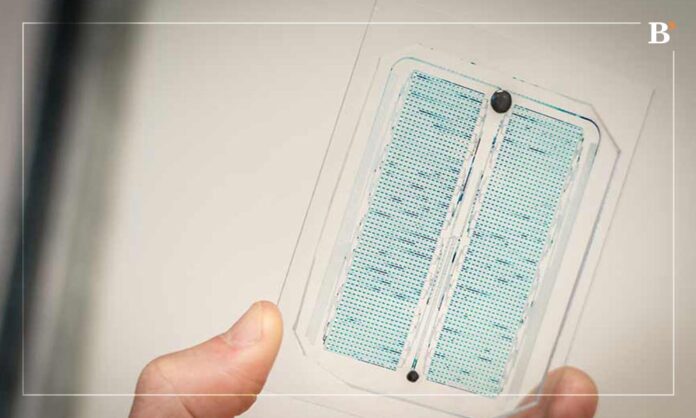Key Highlights
- E. coli has been an important player in biotechnology for a long time.
- Now, scientists from the University of California, Irvine, have discovered another application for the bacterium: to detect heavy metal contamination in water.
When exposed to metal ions, E. coli produces a biochemical response that the scientists were able to detect using chemically assembled gold nanoparticle optical sensors.
By analysis of the optical spectra of metabolites released in response to chromium and arsenic exposure using machine learning techniques, the researchers could accurately identify heavy metals in concentrations a billion times lower than those that would normally cause cell death. Additionally, they could determine the type and amount of heavy metal present with over 96% accuracy.
Study Findings
The findings of this study have been published in the Proceedings of the National Academy of Sciences.
The new method for water monitoring can be completed in just 10 minutes, and it is highly sensitive, versatile, and fast. It can be used to monitor toxins in drinking and irrigation water, as well as agricultural and industrial runoff.
According to co-author Regina Ragan, a professor of materials science and engineering at UCI, this system has the potential to provide an early warning of heavy metal contamination, helping to protect human health and ecosystems.
The researchers demonstrated that E. coli bacteria could detect unsafe water and highlighted the other essential components, such as gold nanoparticles precisely assembled and machine learning algorithms, which significantly increased the sensitivity of their water monitoring system.
This system can detect metal toxins, such as arsenic, cadmium, chromium, copper, lead, and mercury, at levels much lower than regulatory limits, providing early warning of contamination.
In their study, the scientists explained that they could apply the trained algorithms to tap water and wastewater samples they had not previously encountered. This means the system can be generalized to monitor water sources and supplies worldwide.
Safe Water Access is Essential For The Health of People & The Planet
According to Ragan, this transfer learning approach enabled the algorithms to determine with over 96% accuracy whether drinking water met the recommended limits set by the U.S. Environmental Protection Agency and the World Health Organization for each contaminant and with 92% accuracy for treated wastewater.
Ragan added that safe water access is critical to both human and planetary health. New low-cost technology is needed to monitor a range of contaminants in water supplies as part of the solution for water security in the face of pollution and climate change.




